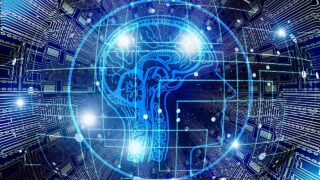 Uncategorized
Uncategorized User interface and data visualization Technologies
User interfaces and data visualization to increase the value of information in data for digital transformation , artificial intelligence , and machine learning tasks.
 Uncategorized
Uncategorized  機械学習:Machine Learning
機械学習:Machine Learning  微分積分:Calculus
微分積分:Calculus  オンライン学習
オンライン学習  オンライン学習
オンライン学習  データベース技術:DataBase Technology
データベース技術:DataBase Technology  微分積分:Calculus
微分積分:Calculus  グラフ理論
グラフ理論  機械学習:Machine Learning
機械学習:Machine Learning  微分積分:Calculus
微分積分:Calculus